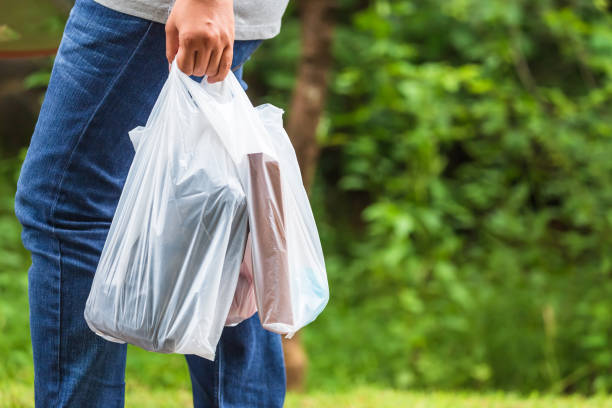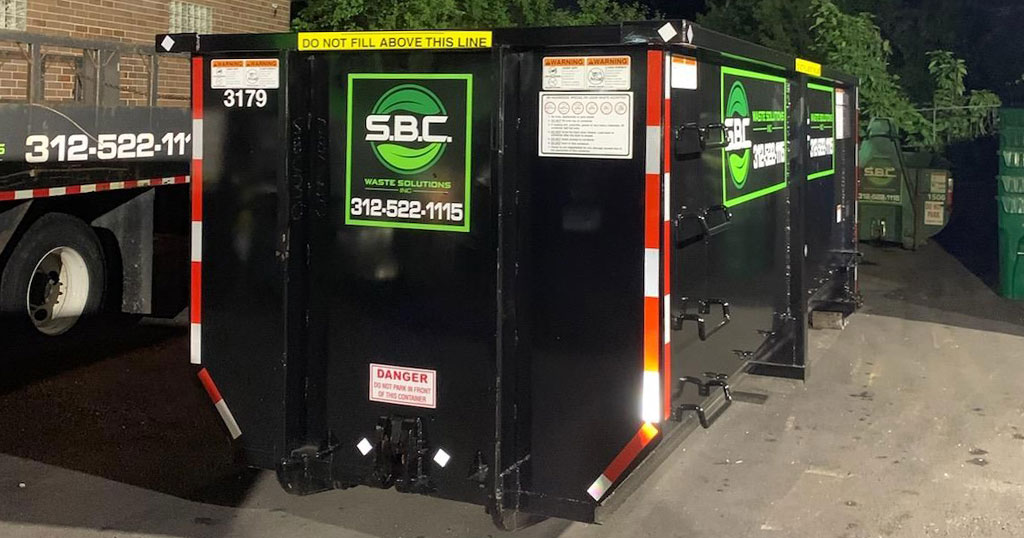Generally, a plastic bag is a poly-fabricated container in which items and materials are stored, carried, or packaged in an unwoven single piece. Although plastic bags are thin and easy to carry, they are strong, waterproof, and hold their shape when used properly. Polyethylene and polypropylene are the most common plastic polymers used to make plastic bags. There are several factors that influence the types and varieties of plastic bags on rutanpoly.com, such as their materials, shape, size, color, closure type, and style. Plastic bags made of polyethylene can be classified as high density, low density, medium density, and linear density, while plastic bags made of polypropylene are crystal clear, have exceptional tensile strength, and are heat and chemical-resistant.

By pressurizing and superheating natural gas or refined crude oil, polyethylene chains are isolated that are then polymerized to form resin pellets from which plastic bags are made. As a result of the pressure and heat variations, resin pellets with different densities are created, which are then used to create plastic bags of different shapes and sizes. As there are differences in the characteristics and properties of the different types of plastic at rutanpoly.com, the key to the production of a wide range of plastic bags is the choice of resin pellets to be extruded. Despite its similarity, each type of plastic bag material has its own strength, thickness, and resilience.
Oil or natural gas is used to extract the resin pellets of plastic bags from crude oil. A cracking plant is the first stop in the manufacture of plastics, where naphtha or ethane, a natural gas liquid, is transformed into ethylene, a hydrocarbon that is used in several chemical processes. For the production of ethylene, ethane is the least expensive of the two hydrocarbons that undergo the cracking process. In order to form polyethylene resin, the ethylene formed during the cracking process must be converted by pressure and catalysts. This is the process of polymerization. Plastics are created from ethylene by chemical reactions among molecules, which result in polymer chains, which are the core of all plastics. A plastic resin’s physical properties can be controlled by manipulating and configuring polymer chains. The most commonly used polymer for plastic bags is polyethylene, a polymer containing ethylene monomers in long chains. As a result of ethylene molecules reacting with carbon molecules in the presence of a catalyst, their double bonds are broken.













